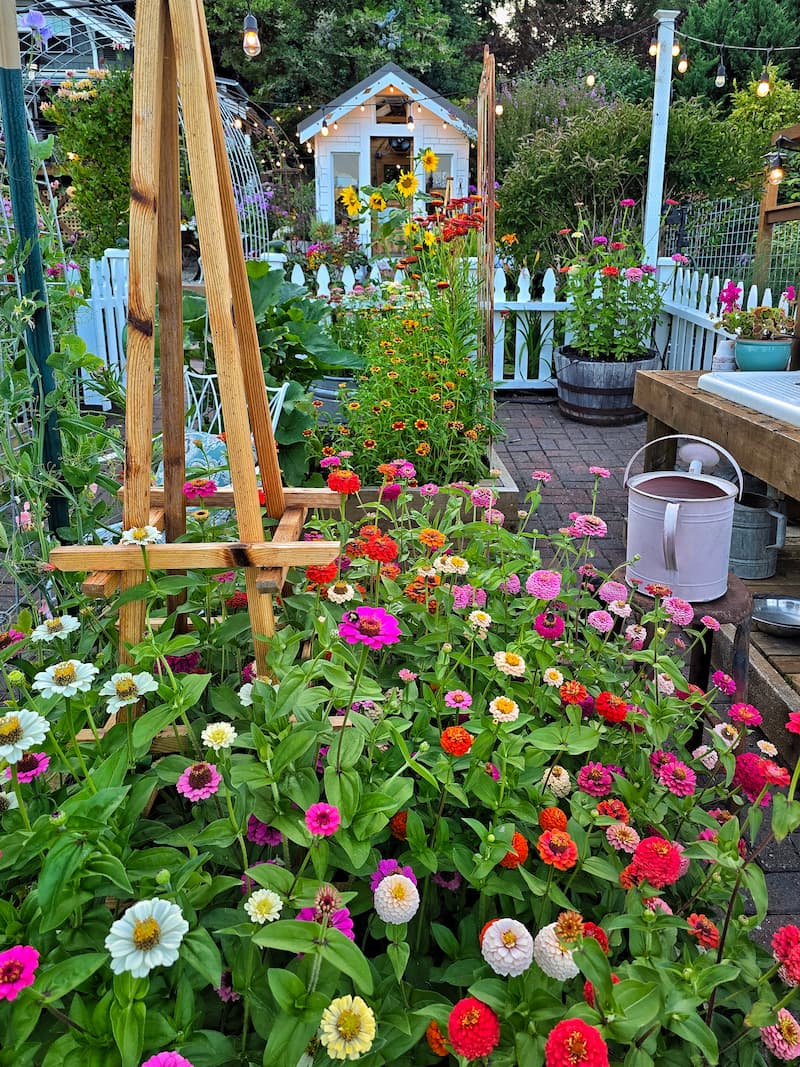Introduction
Organizing a flower garden can transform your outdoor space into a vibrant, enjoyable retreat. A well-planned flower garden not only boosts curb appeal but also supports healthy plant growth and reduces maintenance stress. Whether you’re a beginner or an experienced gardener, organizing your flower garden strategically ensures that each plant thrives and your garden stays stunning throughout the seasons.
In this article, we’ll explore expert tips and actionable steps to organize your flower garden effectively. You’ll learn how to plan your layout, select the right plants, and maintain your garden with confidence. Let’s dive into creating a flower garden that’s both beautiful and easy to manage.
Why Organizing Your Flower Garden Matters
Organizing your flower garden goes beyond aesthetics. A thoughtfully arranged garden promotes:
- Healthier plants by grouping species with similar sunlight and water needs.
- Efficient use of space, maximizing bloom potential.
- Easier maintenance, saving you time and effort.
- Enhanced biodiversity, attracting pollinators and beneficial insects.
Many gardeners overlook the planning phase, leading to overcrowded beds or mismatched plants that struggle to thrive. Taking time to organize your garden lays a strong foundation for success.
Planning Your Flower Garden Layout
Assess Your Garden Space
Begin by evaluating your garden’s size, shape, and available sunlight. Note areas that get full sun, partial shade, or full shade throughout the day. Understanding your garden’s microclimates helps in selecting plants suited to each zone.
Sketch Your Garden Design
Draw a rough plan including pathways, flower beds, and focal points. Consider:
- Plant height and spread: Place taller flowers at the back and shorter ones in front.
- Color schemes: Complement or contrast colors for visual interest.
- Seasonal bloom times: Arrange plants to ensure continuous flowering.
Using graph paper or garden design apps can improve precision and help visualize the final layout.
Choosing the Right Flowers for Your Garden
Match Plants to Your Climate and Soil
Select flowers adapted to your USDA hardiness zone and soil type. Native plants often require less water and care while supporting local ecosystems.
Group Plants by Care Requirements
Organize plants with similar water, light, and soil needs together. For example:
- Sun-loving, drought-tolerant plants like lavender and coneflowers.
- Shade-tolerant, moisture-loving plants such as hostas and astilbes.
This method streamlines watering and fertilizing routines.
Incorporate a Mix of Perennials and Annuals
Perennials provide structure and return yearly, while annuals add vibrant color and variety. Combining both ensures dynamic and evolving garden displays.
Maintenance Tips for an Organized Flower Garden
Establish a Regular Watering Schedule
Use drip irrigation or soaker hoses to deliver water efficiently. Early morning watering reduces evaporation and fungal risks.
Mulch to Retain Moisture and Suppress Weeds
Apply organic mulch like shredded bark or compost around plants. Mulching stabilizes soil temperature and improves soil health.
Prune and Deadhead Consistently
Remove spent flowers to encourage new blooms. Prune damaged or overcrowded branches to maintain plant health and shape.
Keep Tools and Supplies Organized
Store gardening tools, fertilizers, and gloves in a dedicated space near your garden. Organized tools save time and prevent frustration.
Expert Insights and Real-World Examples
According to the Royal Horticultural Society, grouping plants by environmental needs improves garden sustainability and reduces resource waste. For instance, a homeowner in Oregon reported a 30% reduction in water usage after reorganizing their flower beds based on sun exposure and plant type.
Master gardener Lisa Johnson recommends starting with a small section and expanding gradually to avoid overwhelm. She notes, “A well-organized garden feels rewarding and encourages ongoing care.”
Conclusion
Organizing your flower garden is a vital step toward creating a beautiful, low-maintenance outdoor space. By planning your layout thoughtfully, choosing plants wisely, and maintaining your garden consistently, you set the stage for vibrant blooms year after year. Remember, a successful flower garden balances beauty with practicality, making gardening a joyful experience.
Start today by assessing your garden space and sketching a plan. Your organized flower garden will soon become a flourishing sanctuary that delights and inspires.
